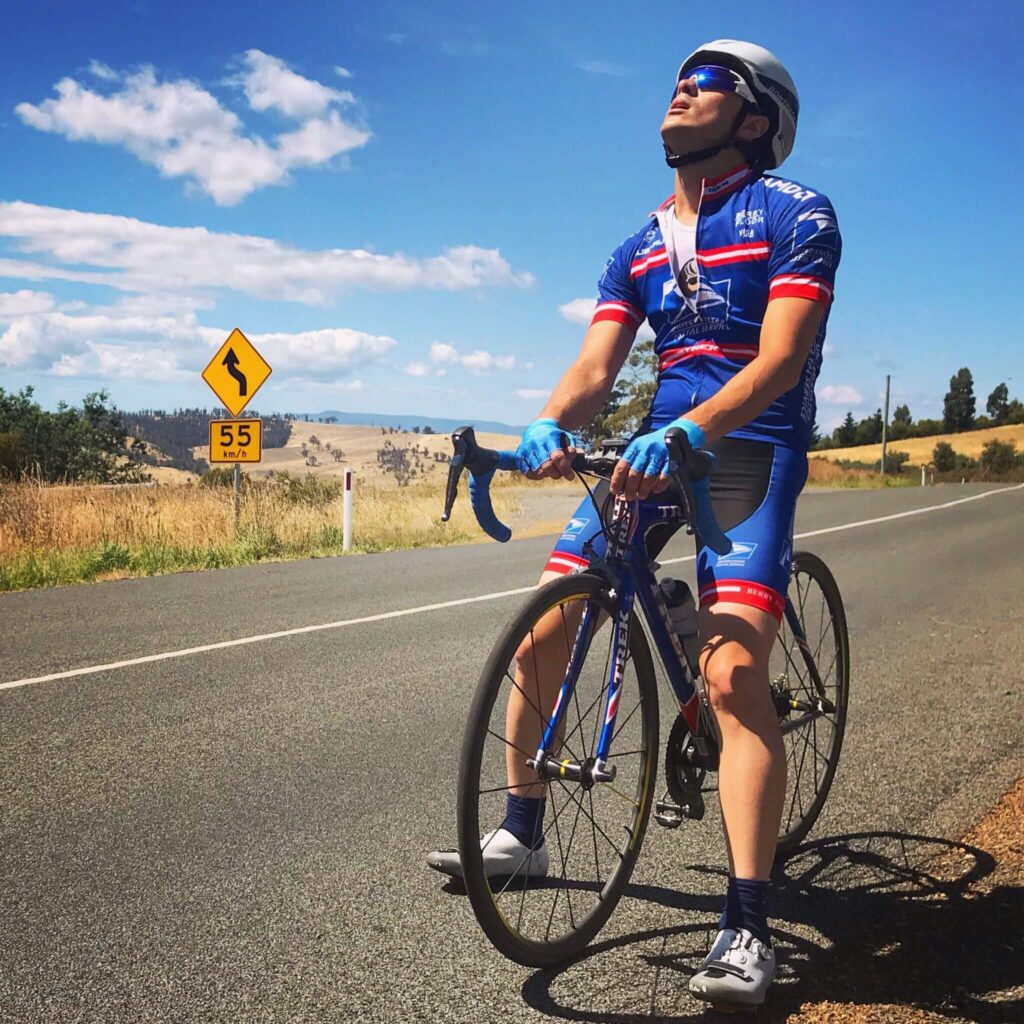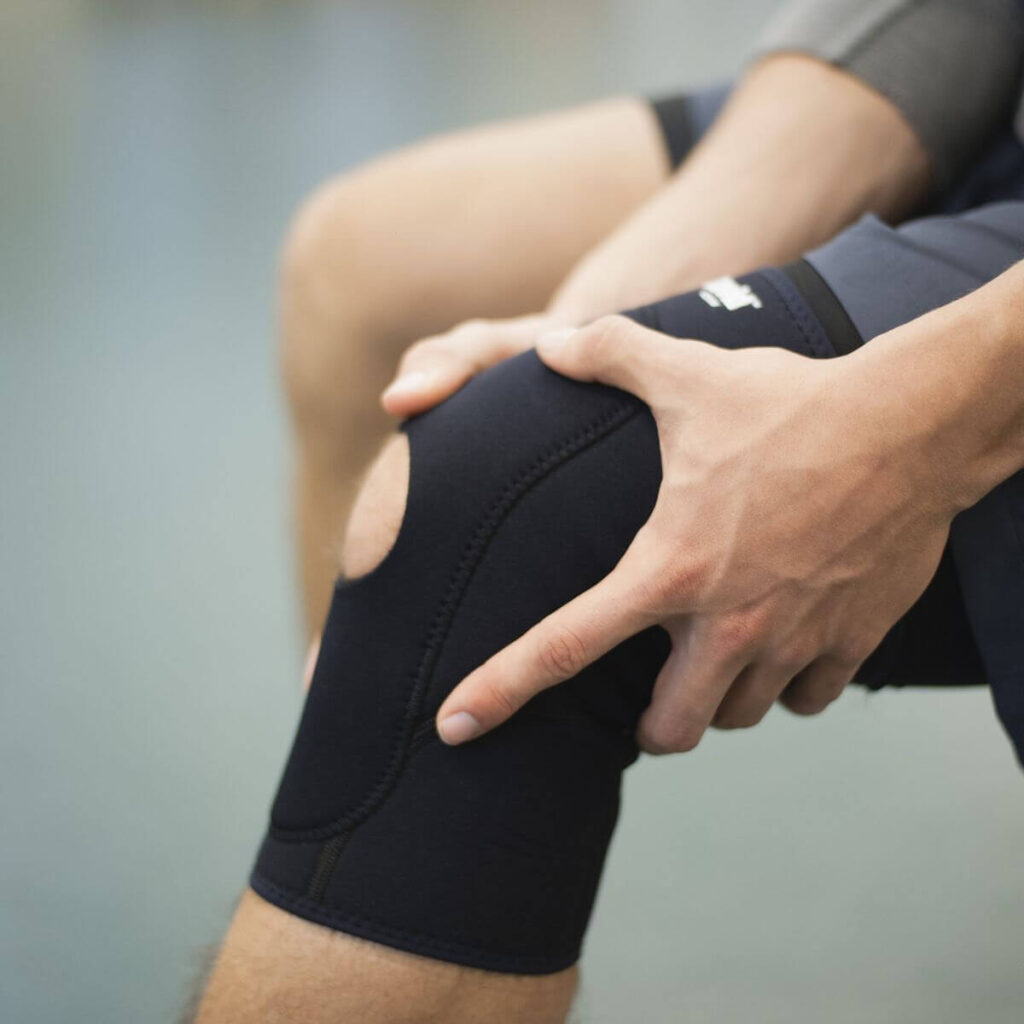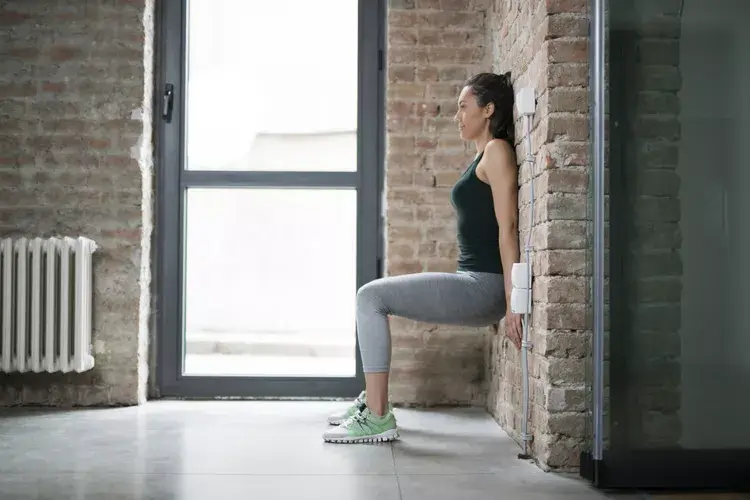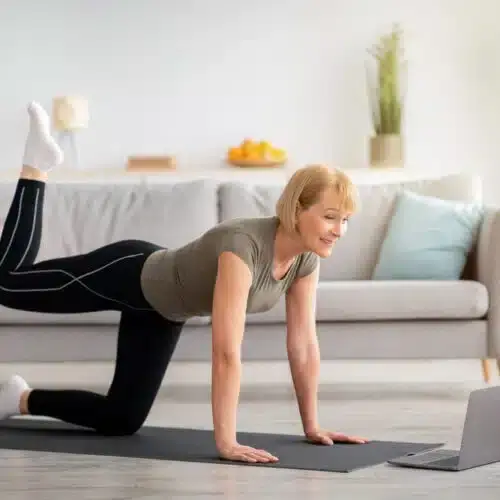Recovering from surgery can be a long and challenging process, but it’s important to take an active role in your rehabilitation. While physiotherapy is often recommended for post-surgery recovery, it may not always be possible to attend regular sessions at a clinic. That’s where “physio at home” comes in – a series of do-it-yourself exercises that can help you regain strength, mobility, and function after surgery. In this article, we’ll explore the benefits of rehab at home and provide some DIY exercises for post-surgery rehabilitation.
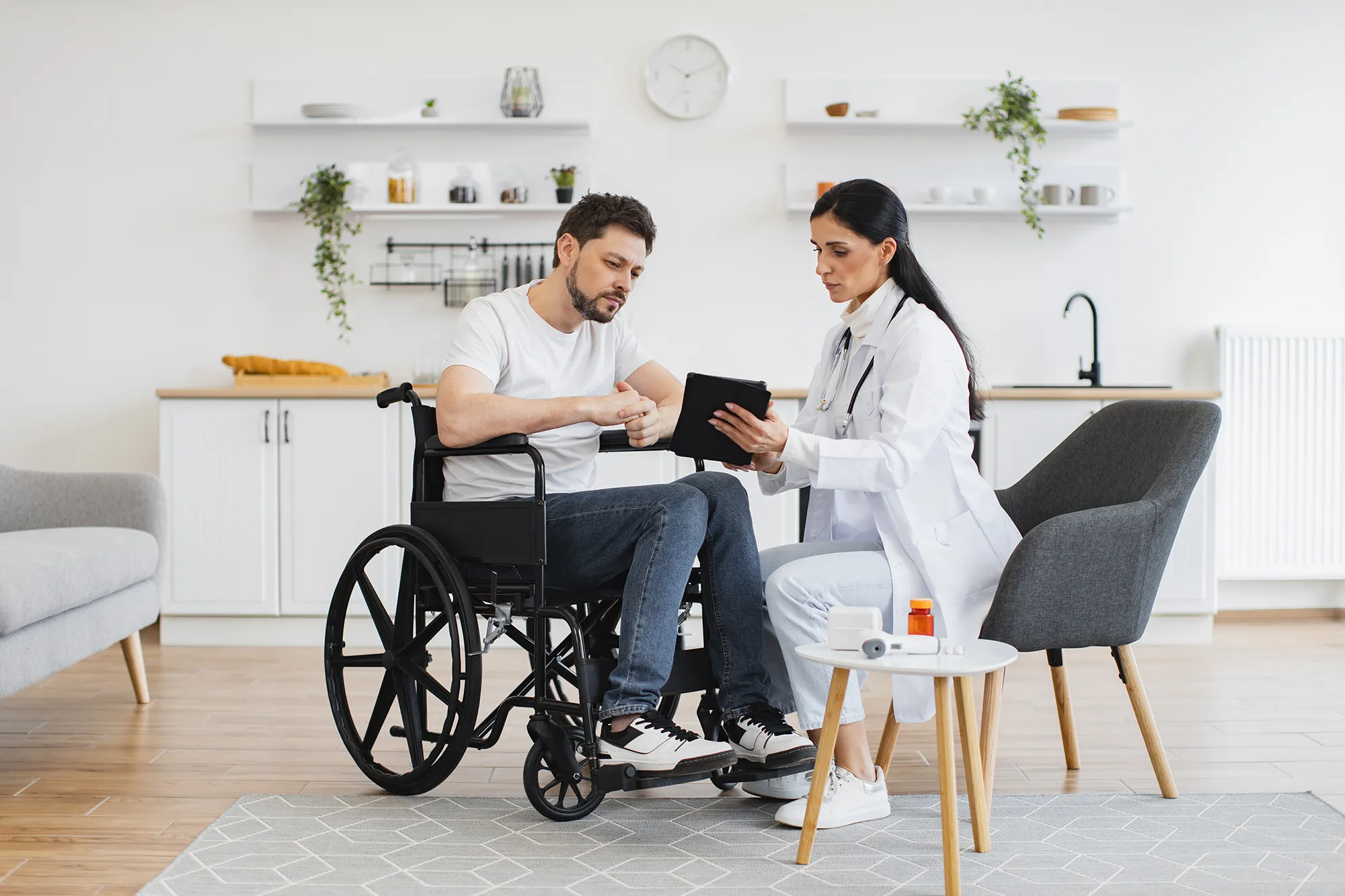
Why Choose Rehab at Home?
Convenience and Cost-Effectiveness
One of the main benefits of rehab at home is the convenience and cost-effectiveness it offers. Instead of having to travel to a clinic for physiotherapy sessions, you can perform exercises in the comfort of your own home. This can save you time and money, especially if you live far from a clinic or have limited mobility.
Personalized and Flexible
Rehab at home also allows for a more personalized and flexible approach to rehabilitation. You can tailor your exercises to your specific needs and progress at your own pace. This can be especially beneficial for those with busy schedules or those who may not be able to attend regular physiotherapy sessions due to work or family commitments.
Continuity of Care
By performing rehab at home, you can also ensure continuity of care. This means that you can continue your rehabilitation even if you are unable to attend physiotherapy sessions for a period of time. This can be particularly helpful for those who have undergone major surgery and may need a longer recovery period.
DIY Exercises for Post-Surgery Rehabilitation
Ankle Pumps
Ankle pumps are a simple exercise that can help improve circulation and prevent blood clots after surgery. To perform this exercise, sit on a chair with your feet flat on the ground. Slowly point your toes away from you, then bring them back towards you. Repeat this motion for 10-15 repetitions, 3 times a day.
Knee Extensions
Knee extensions can help improve strength and range of motion in your knee after surgery. Sit on a chair with your feet flat on the ground. Slowly straighten your knee, lifting your foot off the ground. Hold for a few seconds, then slowly lower your foot back to the ground. Repeat for 10-15 repetitions, 3 times a day.
Shoulder Rolls
Shoulder rolls can help improve mobility and reduce stiffness in your shoulders after surgery. Stand with your feet shoulder-width apart and your arms by your sides. Slowly roll your shoulders forward in a circular motion, then reverse the direction. Repeat for 10-15 repetitions, 3 times a day.
Leg Raises
Leg raises can help strengthen your legs and improve balance after surgery. Stand behind a chair and hold onto the back for support. Slowly lift one leg off the ground, keeping your knee straight. Hold for a few seconds, then lower your leg back to the ground. Repeat for 10-15 repetitions, then switch legs.
Arm Circles
Arm circles can help improve range of motion and strength in your arms after surgery. Stand with your feet shoulder-width apart and your arms by your sides. Slowly raise your arms out to the sides, then bring them back down. Repeat for 10-15 repetitions, 3 times a day.
Wall Push-Ups
Wall push-ups can help strengthen your arms and chest after surgery. Stand facing a wall with your arms extended in front of you, palms flat against the wall. Slowly lower your body towards the wall, then push back up. Repeat for 10-15 repetitions, 3 times a day.
Heel Slides
Heel slides can help improve range of motion and flexibility in your legs after surgery. Lie on your back with your knees bent and your feet flat on the ground. Slowly slide one heel towards your buttocks, then slide it back down. Repeat for 10-15 repetitions, then switch legs.
Pelvic Tilts
Pelvic tilts can help strengthen your core and improve posture after surgery. Lie on your back with your knees bent and your feet flat on the ground. Slowly tilt your pelvis towards your chest, then back to the starting position. Repeat for 10-15 repetitions, 3 times a day.
Tips for Successful Rehab at Home
Start Slowly
It’s important to start slowly and gradually increase the intensity of your exercises. This will help prevent injury and ensure that you are not pushing yourself too hard.
Listen to Your Body
Pay attention to any pain or discomfort you may feel during your exercises. If something doesn’t feel right, stop and consult with your doctor or physiotherapist.
Be Consistent
Consistency is key when it comes to rehab at home. Make sure to perform your exercises regularly, as recommended by your doctor or physiotherapist.
Use Proper Form
Proper form is crucial for effective and safe rehabilitation. Make sure to follow the instructions provided by your doctor or physiotherapist and ask for guidance if needed.
Don’t Overdo It
While it’s important to challenge yourself, it’s also important not to overdo it. Pushing yourself too hard can lead to injury and setbacks in your recovery.
Real-Life Examples of Successful Rehab at Home
Knee Replacement Surgery

by Richard Catabay (https://unsplash.com/@illest_shinobi)
After undergoing knee replacement surgery, John was unable to attend regular physiotherapy sessions due to his busy work schedule. He decided to try rehab at home and was able to perform exercises in the evenings after work. With consistent effort and guidance from his physiotherapist, John was able to regain strength and mobility in his knee and return to his normal activities within a few months.
Shoulder Surgery
After undergoing shoulder surgery, Sarah was unable to attend physiotherapy sessions due to her limited mobility. She decided to try rehab at home and was able to perform exercises in the comfort of her own home. With the help of her physiotherapist, Sarah was able to regain strength and range of motion in her shoulder and return to her daily activities within a few weeks.
Conclusion
Rehab at home can be a convenient, cost-effective, and personalized approach to post-surgery rehabilitation. By performing DIY exercises, you can improve strength, mobility, and function after surgery. Remember to start slowly, listen to your body, and be consistent in your efforts. With the right approach and guidance from your doctor or physiotherapist, you can achieve successful rehabilitation at home.

